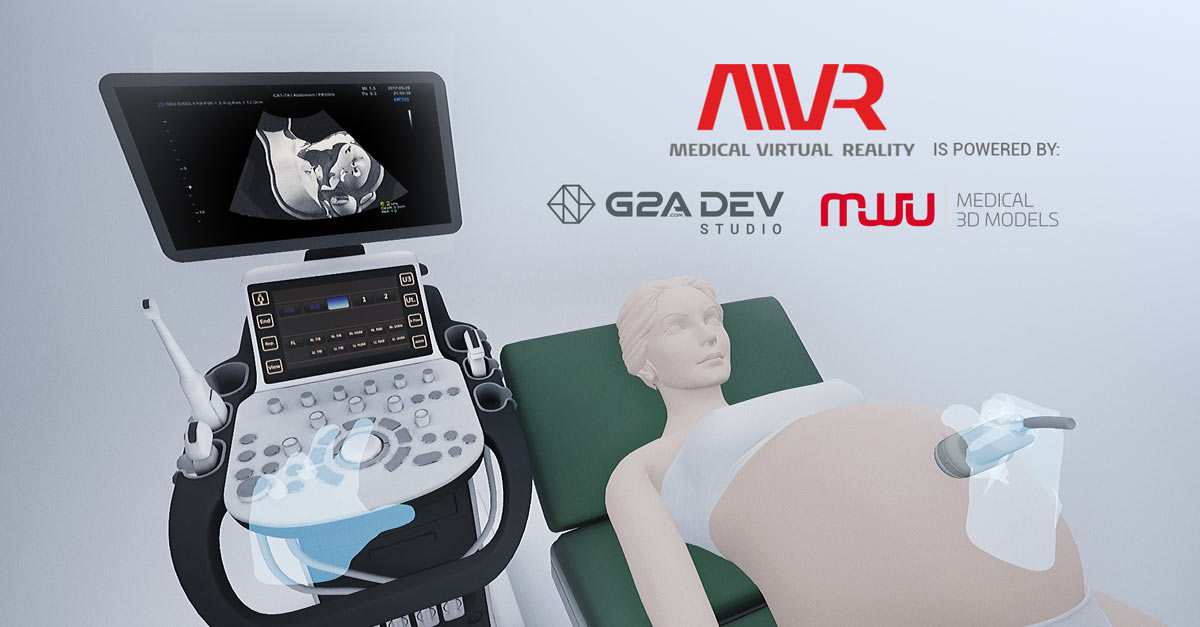Using VR to save lives – G2A Dev Studio and MWU 3D MODELS join forces

“Thanks to the knowledge we gained creating VR games, we are now able to create something which can actually save lives,” explains Marcin Kryszpin, Head of G2A Dev Studio. He continues, “We are working on a VR application which re-creates an ultrasound performed on an unborn infant, and lets doctors and medical students see, study, and recognize the characteristics of congenital heart defects firsthand.” Together with MWU 3D MODELS, headed by Assoc. Prof. Marcin Wiechec of the Jagiellonian University in Cracow, Poland, G2A Dev Studio can re-create all the elements of the heart defects, and make them accessible to everyone.
Congenital heart defects are currently the most common type of birth defect, affecting 8 to 10 in 1,000 live births. A third of them are severe enough that they can result in death before the child is born, or during infancy. Unfortunately, despite all the technology available at our fingertips, only 40% of heart defects are diagnosed in unborn infants. When the ultrasound is performed by an expert, he or she can recognize the congenital heart defects in even 95% of cases. G2A Dev Studio and 3D MODELS believe that by implementing VR, the learning curve in this area for the average doctors and students will shorten significantly.
Until now, the only way many of these doctors could see and learn about these heart defects was when a pregnant woman consented for a handful of doctors to be in the examination room and study the ultrasound in real time. This is where gaming steps in. Now, thanks to VR, doctors will be able to virtually perform the ultrasound at any time, using just a smartphone paired with a virtual reality headset and controller.
“Thanks to the VR and 3D specialists at G2A Dev Studio, medical students will now be given unlimited access to real and practical knowledge about congenital heart defects,” explains Assoc. Prof. Marcin Wiechec. He continues, “Prenatal ultrasounds still remain challenging for many practitioners and since testing equipment is very expensive, smaller centers have limited access to it. Given that VR kits can now be purchased for under $200, a VR solution can revolutionize teaching medicine.”
“This project really shows the true potential of VR technology,” Marcin Kryszpin adds. “VR technology is inexpensive, easy-to-use, and is more accessible by the day. With projects like this, we can even teach the proper motor skills for medical procedures. The possibilities are unlimited.”
Although medicine and gaming are not usually industries that coincide, this project shows that the two can work together to create life-saving technology. The mobile application will be presented at the World Congress on Ultrasound in Obstetrics and Gynecology in Vienna, Austria on September 16-19, 2017.